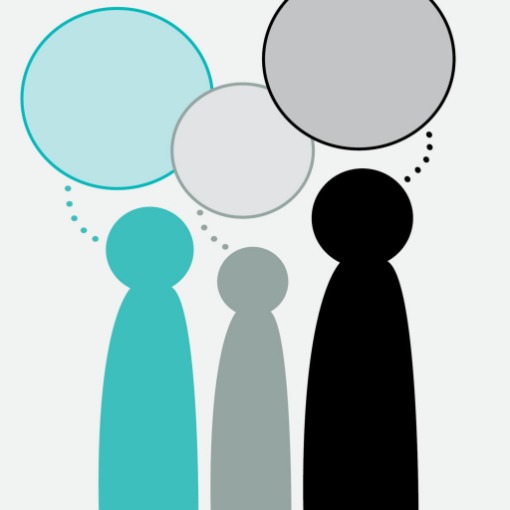Many purchases are bought on impulse, and according to a recent survey, over two thirds of people who did impulse buy, did so because they were physically standing in a store.
It’s a well-known marketing ploy; place inexpensive items near the checkout and people will tend to buy them. And it’s easy to see why. Standing in line, nothing to do but wait until the cashier gets to you, your brain is already in “buying mode”… what’s one little bar of chocolate or magazine in the grand scheme of things?
The point is, many people don’t realise they want something until they see it, but how do you recreate this online?
Finding your audience
Before social media, people only bought things online after specifically searching for them. Now it’s different. People can spend hours a day on the net, not looking for anything in particular, but just scrolling from one post to the next.
This is where targeted advertising comes in.
Google’s Custom Affinity Audiences allows you to target people based on behaviours. Remember, every click someone makes is recorded, so Google knows which websites people have been to (especially handy if they’re looking at competitors’ sites), which apps they have on their phone, the places they’ve visited, which cafés they eat at, and the gyms they work out at.
Taking all this knowledge, Google can make a pretty accurate profile of a person, and use this to target ads in their direction.
An example of how it works
Let’s just say you want to sell high-end trail running shoes to middle aged guys who have an unhealthy addiction to endurance events.
You can use Custom Affinity Audiences to zero in on the demographics of people who might buy those shoes.
So your Custom Affinity Audience may look like this:
- Age: 35-55
- Gender: Male
- Interests: Running
- Household income: Upper Quartile
- Apps on phone: Strava – Garmin – Suunto
- Websites visited: local and overseas trail running education and event websites.
Remember, this group of people won’t necessarily be actively searching for a new pair of running shoes, but when they see an ad for them, they are more likely to buy than just a random internet user.
This is the online version of impulse buying, and it’s a growing market.
Reach the people interested, not just the people searching
If, at this very moment, ten people are Googling “how to make choc-chip ice-cream” that doesn’t mean there are only ten people in the world who like choc-chip ice-cream.
The trick is to show all the choc-chip ice-cream lovers out there that you make the best version of it, and you’re selling it online right now.
There are more people thinking about their likes, hobbies and interests than are actually searching for something to buy, so target those guys and give them the option to buy, rather than waiting for them to come to you.
Ark Advance can help you set up and define your Custom Affinity Audiences, implementing them, and track your conversion rate.
And who doesn’t love chocolate-chip ice-cream?
